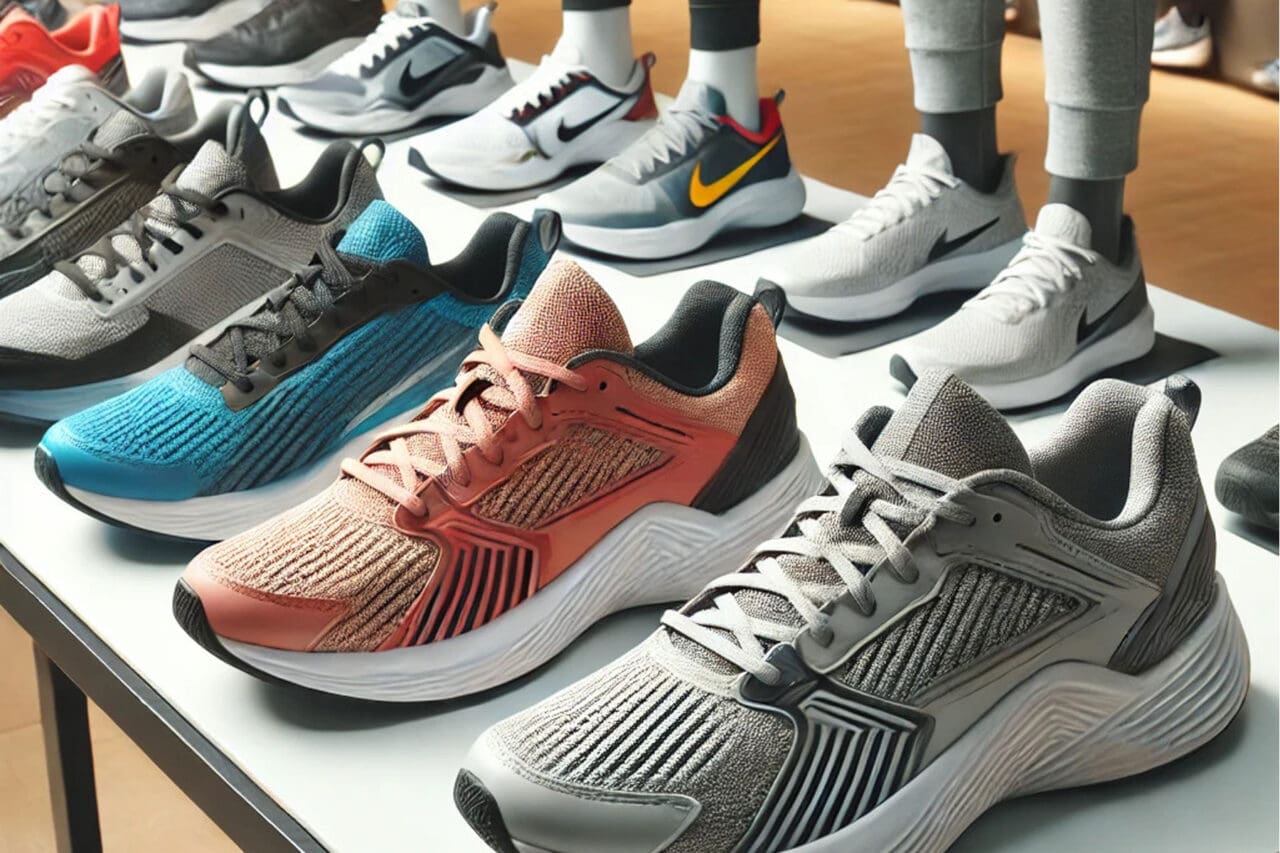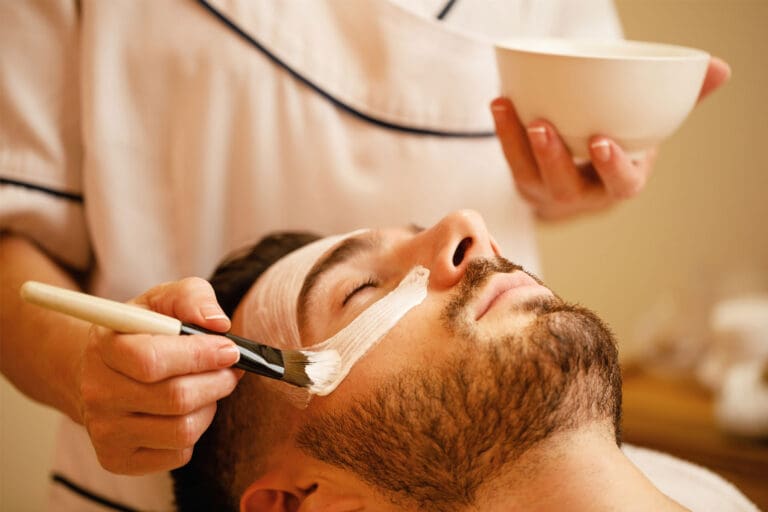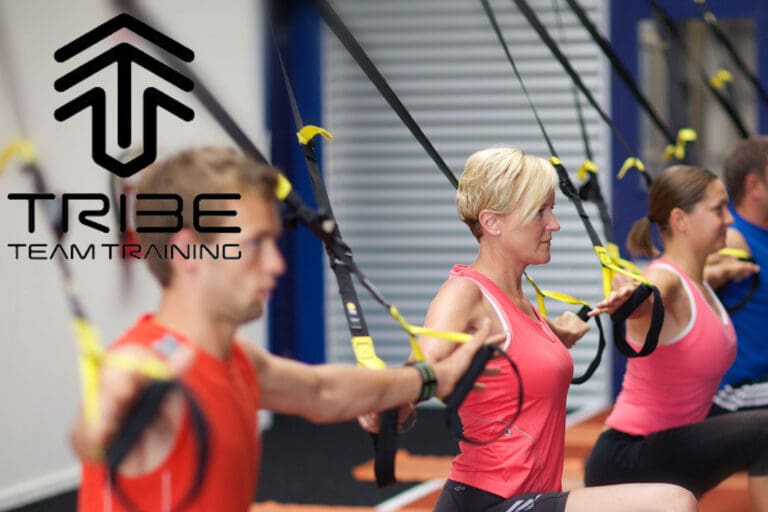Choosing the right athletic shoes is crucial not just for performance, but also for preventing injuries and ensuring comfort during exercise. With so many options on the market, from running shoes to cross-trainers, it can be overwhelming to pick the perfect pair. Here’s a guide to help you make the right choice based on your needs, activity level, and preferences.
CONSIDER THE TYPE OF ACTIVITY
Different activities require different types of shoes. It’s important to match your shoe to your sport or exercise routine.
- Running: Running shoes are designed for forward motion, shock absorption, and heel cushioning. If you run regularly, you’ll need shoes with good arch support, cushioning, and a lightweight feel.
- Cross-training: If your workouts involve a mix of activities, like weightlifting, cardio, and agility training, cross-trainers provide the versatility and lateral support needed for a variety of movements.
- Walking: Walking shoes should be flexible and lightweight, with good arch support and cushioning.
- Court sports (e.g., tennis, basketball): Shoes for court sports often require lateral support and traction, which helps with the quick changes in direction common in these sports.
UNDERSTAND YOUR FOOT TYPE
Your foot shape can have a big impact on how your shoes fit and feel.
Flat feet: People with flat feet often benefit from shoes that offer good arch support to help distribute weight evenly.
High arches: If you have high arches, look for shoes with extra cushioning to absorb shock, as your feet naturally have less of this built-in support.
Neutral feet: If you have a neutral foot type, most standard athletic shoes will work for you, but it’s still important to choose based on the activity.
KNOW YOUR GAIT
Your walking or running gait can also influence what kind of shoe is best. There are three main types of pronation.
Overpronation: Your foot rolls inward when you walk or run. If this is the case, you’ll want shoes with stability or motion control to help keep your foot aligned.
Underpronation (supination): If your foot rolls outward, look for shoes with extra cushioning to help absorb shock.
Neutral: For neutral pronation, most standard running shoes will work, though a little extra support and cushioning can still help prevent fatigue.
GET THE FIT RIGHT
A well-fitting shoe can make all the difference in comfort and performance.
Try shoes on later in the day: Your feet tend to swell throughout the day, so trying on shoes later can give you a more accurate fit.
Ensure a snug fit: Your shoes should feel snug, especially around the midfoot and heel, but there should still be enough room to wiggle your toes.
Consider sock thickness: Try shoes on with the socks you plan to wear during your workouts to make sure the fit is accurate.
Check for a thumb’s width: There should be about a thumb’s width of space between the tip of your longest toe and the front of the shoe to allow for natural movement and swelling during exercise.
PRIORITIZE COMFORT OVER STYLE
While it’s tempting to choose a shoe based on looks, comfort should always come first. A shoe that looks great but causes discomfort will only hinder your performance. If possible, wear the shoes around the store or your home to ensure they feel good during movement.
REPLACE SHOES REGULARLY
Even the best shoes wear out over time. The cushioning and support start to break down, leading to discomfort and an increased risk of injury. Generally, running shoes should be replaced every 300-500 miles, while shoes used for other sports may need to be replaced every six months to a year, depending on usage.
CONCLUSION
Choosing the right athletic shoes involves considering the type of activity, understanding your foot type and gait, and ensuring a proper fit. Don’t be afraid to ask for help from store staff or invest time in trying on multiple pairs before making your decision. In the end, the right shoes can enhance your performance and help you stay injury-free.
By following these tips, you’ll be on your way to finding the perfect athletic shoes to support your fitness journey.



